Why Are Older Bananas Better for Banana Bread?
Introduction
Banana bread is a timeless classic, beloved for its rich flavor, moist texture, and comforting aroma. But here’s the secret: the quality of your banana bread starts with the bananas themselves. Why are older bananas better for banana bread? The answer lies in the unique transformation bananas undergo as they ripen. From their increasing sweetness to their soft, mashable texture, older bananas bring magic to your loaf.
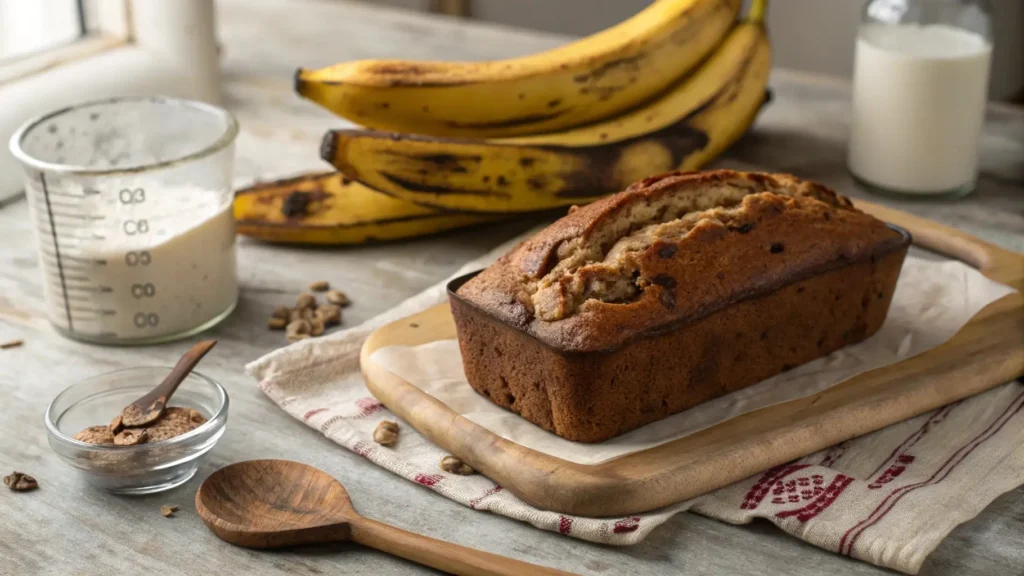
In this article, we’ll break down the science behind banana ripening, explore the benefits of using overripe bananas, and share practical tips for storing and ripening them effectively. Let’s get started with the fascinating process of banana ripening.
The Science of Banana Ripening
What Happens as Bananas Ripen?
Bananas go through an incredible transformation as they ripen. What starts as a firm, green fruit evolves into a soft, sweet treat perfect for baking. When bananas ripen, starch molecules break down into simple sugars like glucose, fructose, and sucrose. This process not only makes them taste sweeter but also changes their texture, making them softer and easier to mash.
As they ripen, bananas also develop brown spots on their peels—a natural sign of aging, not spoilage. These spots are a cue that the banana’s starch has mostly converted to sugar, giving it a rich, caramelized flavor. The strong aroma of ripe bananas is another telltale sign that they’re ready for your favorite banana bread recipe.
Role of Ethylene Gas in Ripening
The ripening process is driven by a natural plant hormone called ethylene gas. This gas triggers several reactions inside the banana:
- It speeds up the breakdown of starch into sugar.
- It softens the fruit by weakening cell walls.
- It enhances the fruit’s fragrance by producing chemical compounds called esters.
Interestingly, bananas produce more ethylene as they ripen, which is why storing them with other ripe fruits can accelerate the process. This is a great trick if you’re eager to bake but your bananas aren’t quite ready.
Changes in Sugar Content and Texture
The most noticeable transformation during ripening is the shift in sugar content. A green banana is about 70-80% starch, which gives it a slightly bitter taste. But as it ripens, that starch content dwindles while sugar levels rise, creating a natural sweetness that’s perfect for baking. Here’s how the breakdown looks:
- Green Bananas: Mostly starch with minimal sugar.
- Yellow Bananas: About 60% starch and 40% sugar.
- Overripe Bananas: Up to 90% sugar with almost no starch.
This increase in sugar content not only boosts the sweetness of banana bread but also contributes to the moist texture and even caramelization during baking. Now you know why those overripe bananas sitting on your counter are pure gold for your next loaf!
Benefits of Overripe Bananas for Banana Bread
Increased Sugar Levels for Natural Sweetness
One of the top reasons why older bananas are better for banana bread is their naturally high sugar content. As bananas ripen, starch gradually breaks down into simple sugars like glucose and fructose. This conversion gives overripe bananas their unmistakable sweetness. By the time their peels turn brown or black, bananas are at peak sweetness, which makes them perfect for baking.
Why does this matter for banana bread? That extra sweetness means you can often reduce the amount of added sugar in your recipe. Plus, during baking, these sugars caramelize slightly, giving your banana bread a deeper, richer flavor that’s impossible to achieve with underripe bananas. Imagine biting into a slice of warm banana bread with hints of natural caramel—that’s the magic of overripe bananas.
Softer Texture for Smooth Mixing
Older bananas aren’t just sweeter—they’re also softer, which is a game-changer when it comes to baking. Their mushy texture makes them easy to mash, and they blend effortlessly into your batter. This ensures your banana bread has a smooth, even consistency without chunks of unmixed fruit.
In contrast, using underripe bananas can leave the batter lumpy and uneven, as firmer bananas are harder to break down. Overripe bananas are a dream to work with, reducing prep time and making your baking experience easier. The result? A loaf that’s perfectly moist, tender, and evenly flavored.
Enhanced Flavor Development
When it comes to flavor, overripe bananas are in a league of their own. As bananas ripen, they release aromatic compounds called esters, which create their signature fruity aroma. This intensified fragrance carries over into your banana bread, infusing it with a rich, natural flavor.
Older bananas also have a slightly tangy, caramelized taste that adds complexity to your loaf. This makes your banana bread taste less like a plain cake and more like a decadent treat. So, the next time you’re tempted to toss those brown bananas, remember—they’re the key to unlocking banana bread with unbeatable flavor.
How to Identify the Perfect Bananas for Baking
Visual Cues for Ripe Bananas
Spotting the perfect bananas for banana bread is easy once you know what to look for. Overripe bananas are typically soft, covered in brown spots, or entirely black. They may not look appealing for snacking, but their sweet aroma and mushy texture make them ideal for baking.
When you ask why are older bananas better for banana bread, their ripeness is a major factor. Bananas with brown or black peels have converted most of their starch to sugar, giving them the sweetness and softness that banana bread thrives on. If the peel is mostly brown or black and the flesh smells sweet, you’ve got the perfect ingredient.
How Far Can Bananas Ripen?
While black bananas might look too far gone, they’re often the best choice for banana bread. In fact, the darker the peel, the better the banana’s flavor and texture for baking. Here’s a quick guide to ripeness:
- Yellow with Brown Spots: Great for a milder banana bread flavor.
- Mostly Brown/Black: Ideal for sweetness and moistness.
- Completely Black: Perfect for intense flavor and extra-soft texture.
However, avoid bananas with mold or a sour smell, as these indicate spoilage. Remember, ripe bananas may look unappetizing for eating, but they’re a baker’s best friend!
Tips for Ripening and Preserving Bananas
Quick Ripening Techniques
If your bananas aren’t ripe enough for baking, don’t worry! There are several ways to speed up the ripening process. For starters, you can place your bananas in a brown paper bag. Adding an apple or another ripe banana to the bag helps by increasing the concentration of ethylene gas, which accelerates ripening.
For faster results, try the oven method. Set your oven to 300°F (150°C), and place unpeeled bananas on a baking sheet. In 15–20 minutes, their skins will blacken, and the bananas will become soft and sweet—perfect for your banana bread recipe. Alternatively, pierce the banana peel a few times and microwave it in 30-second intervals until softened.
Using these tricks ensures you never have to wait long to find out why older bananas are better for banana bread!
Storing Overripe Bananas
What if your bananas ripen before you’re ready to bake? Freezing overripe bananas is an easy way to preserve them. Peel the bananas, slice them into chunks, and store them in freezer bags or airtight containers. When you’re ready to bake, thaw the bananas at room temperature or in the microwave.
Frozen bananas are fantastic for banana bread because they often release extra moisture when thawed, contributing to a soft and tender loaf. For more baking tips and inspiration, you can explore other recipes like 3-Ingredient Banana Bread, which offers a quick and simple way to enjoy your ripe bananas.
FAQs About Using Older Bananas in Baking
Can I Use Fresh Bananas for Banana Bread?
Technically, you can, but fresh bananas lack the sweetness and softness of overripe ones. Their higher starch content and firmer texture can make your loaf dry and less flavorful. That’s why bakers prefer older bananas—they add natural sugar and moisture, which results in a better loaf.
If you’re in a pinch, you can ripen fresh bananas quickly using methods like the oven or microwave techniques mentioned earlier. These hacks can save the day if you’re wondering why older bananas are better for banana bread.
Are Black Bananas Safe for Baking?
Absolutely! Black or nearly black bananas might look unappetizing for snacking, but they’re ideal for baking. These bananas have the highest sugar content and softest texture, which create moist and flavorful banana bread.
However, avoid bananas that smell sour or show signs of mold. A sweet smell and mushy consistency mean your bananas are perfect. Always trust your senses to decide if the fruit is still good for baking.
Do Older Bananas Change the Texture of the Bread?
Yes, they do—and in the best way possible! Overripe bananas are packed with moisture, which translates to a soft and tender loaf. The extra sweetness and easy mashability of older bananas make them indispensable for a perfect loaf of banana bread.
For more tips on baking with bananas, check out What Is the Formula for Banana Bread?, a great resource for perfecting your recipe.
Conclusion and Baking Tips
Embracing the Ripening Process
By now, it’s clear why older bananas are better for banana bread. Their natural sweetness, soft texture, and rich flavor make them the perfect ingredient for this classic treat. While fresh bananas might be tempting, they simply can’t deliver the same moistness, sweetness, and overall depth of flavor that overripe bananas bring to the table.
The next time you see brown, spotty bananas on your counter, don’t throw them away! Instead, embrace their potential. These unassuming fruits are the secret to creating a loaf of banana bread that’s moist, tender, and full of flavor.
Final Baking Tips for Best Results
To get the best results:
- Use bananas with brown or black spots for maximum sweetness and flavor.
- Store overripe bananas in the freezer if you’re not ready to bake.
- Always test your bananas for spoilage—no mold or sour smells allowed!
With these tips, your banana bread will turn out perfectly every time. If you’re looking for a quick and simple option, check out the 3-Ingredient Banana Bread recipe for inspiration.

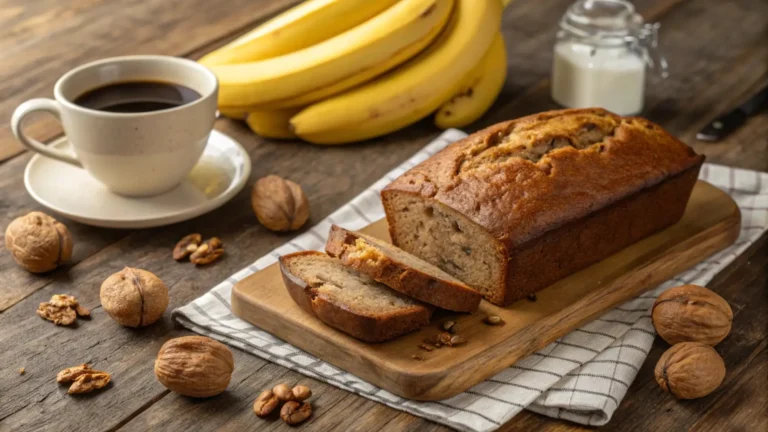

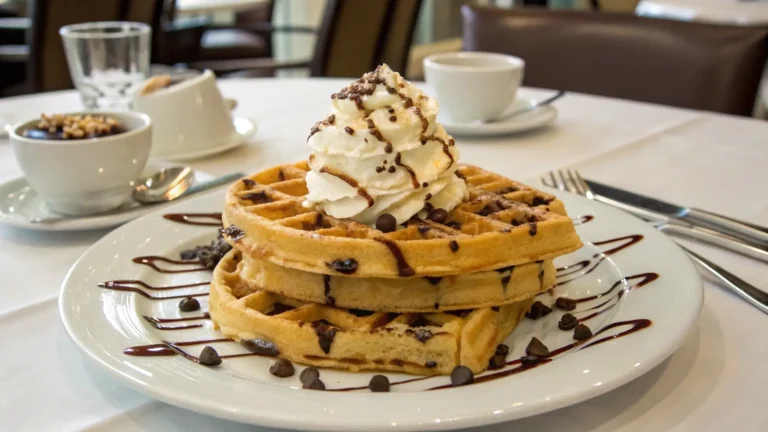
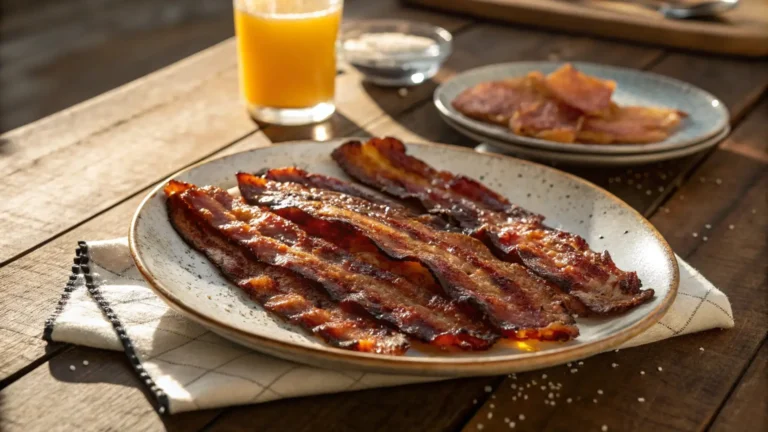
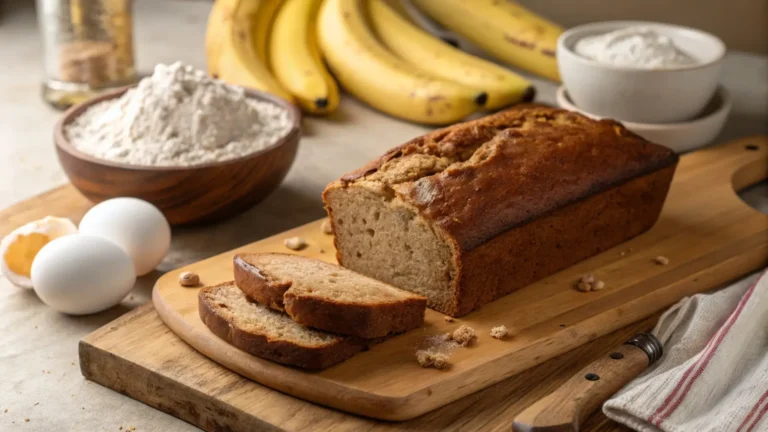

One Comment